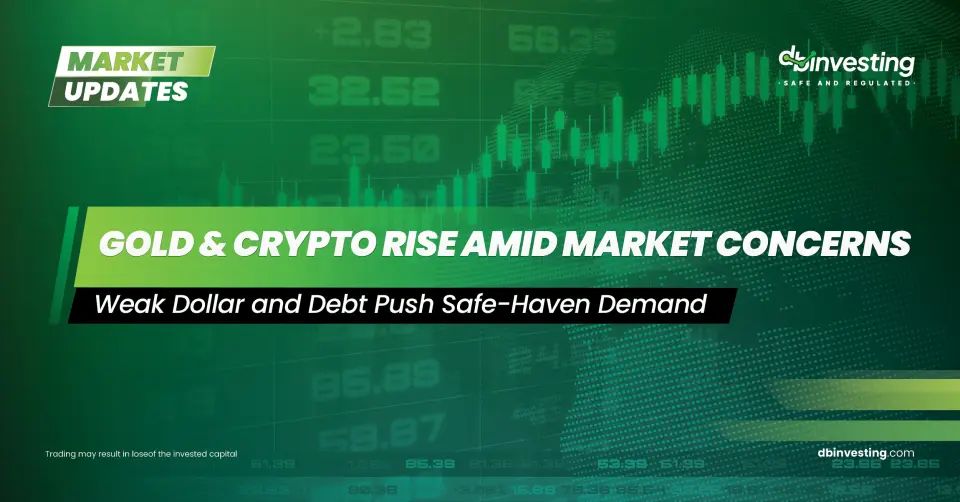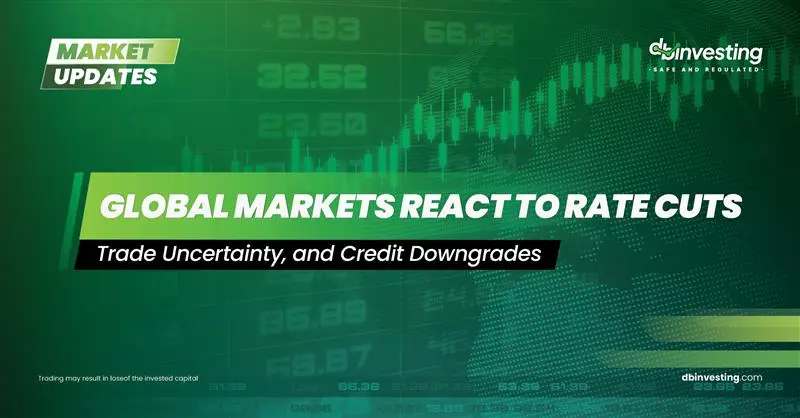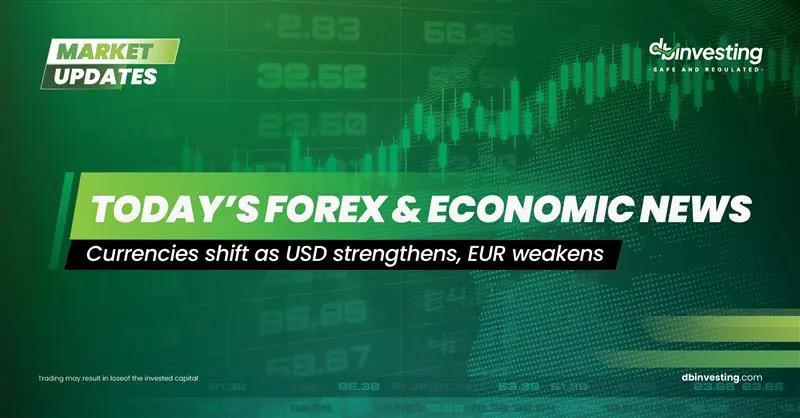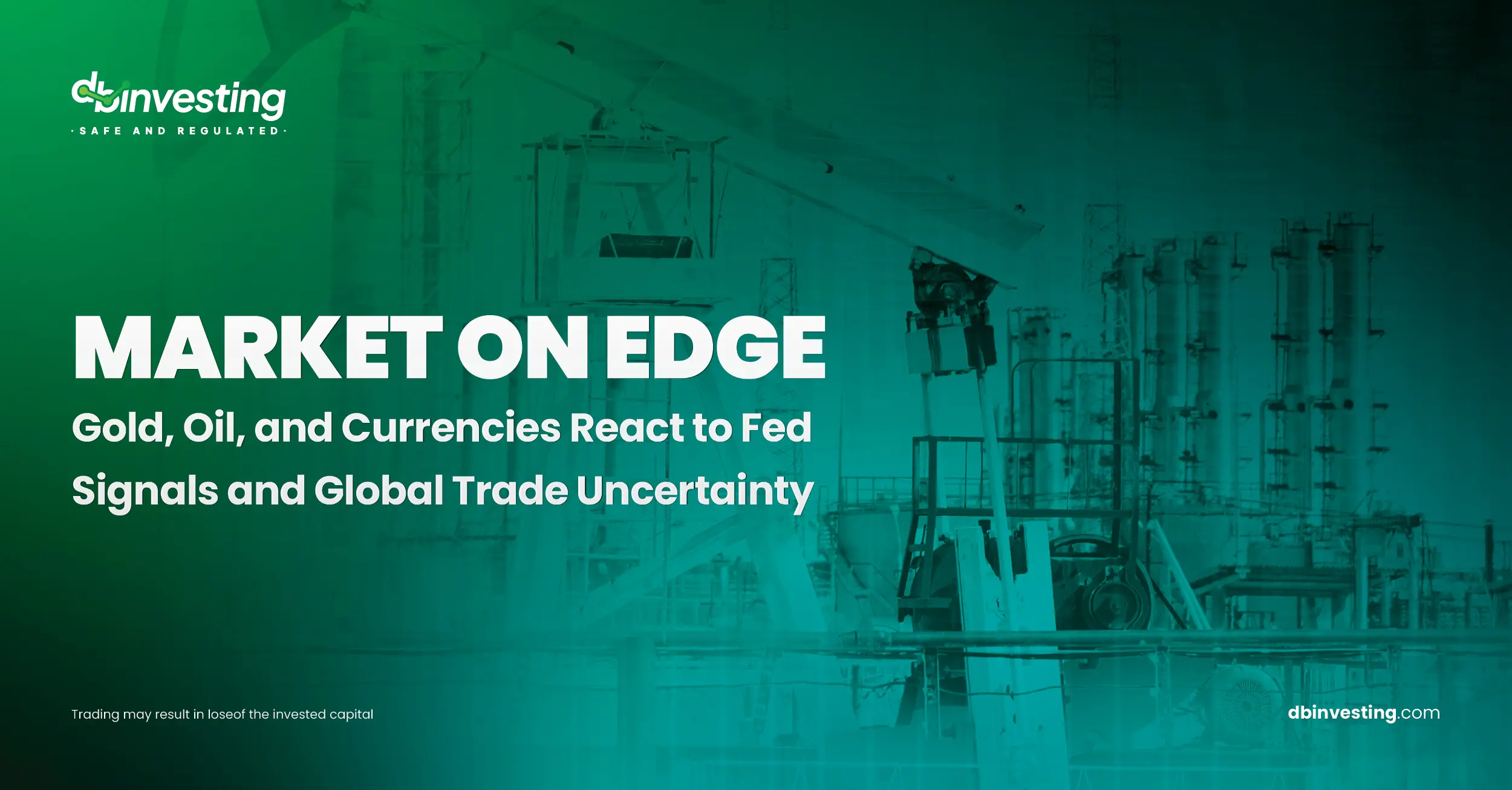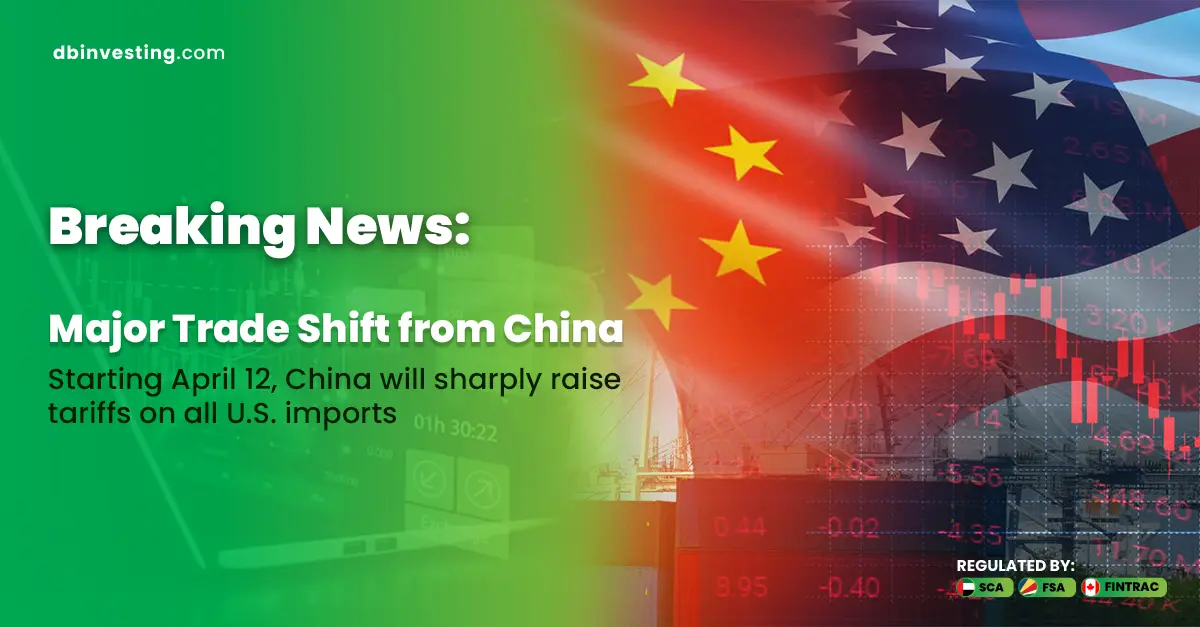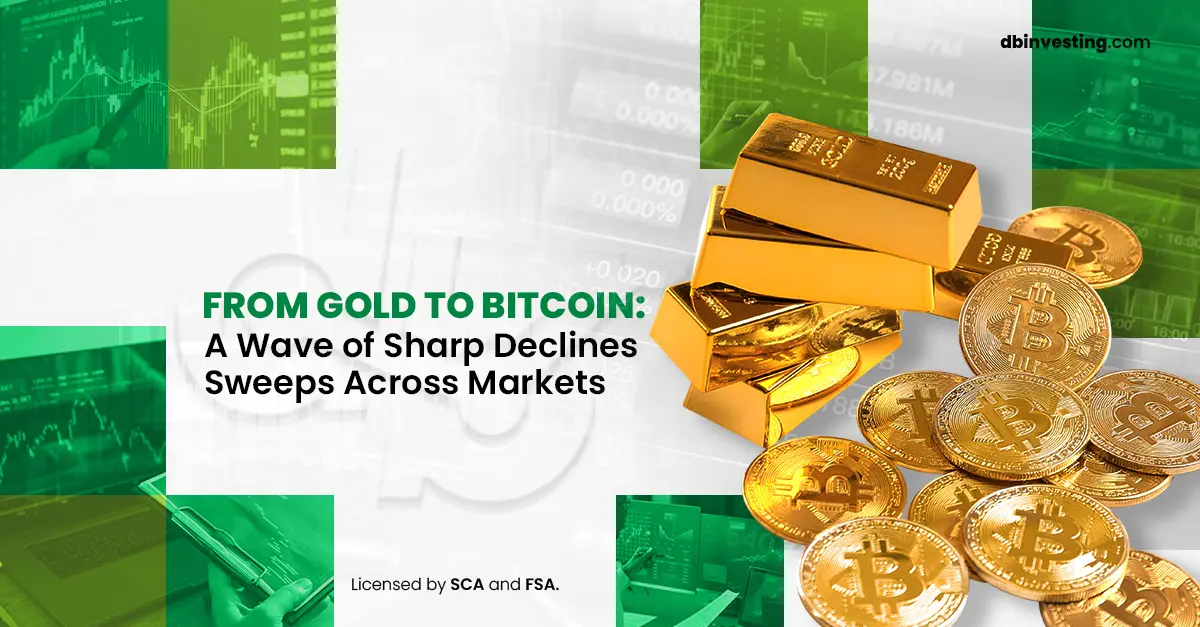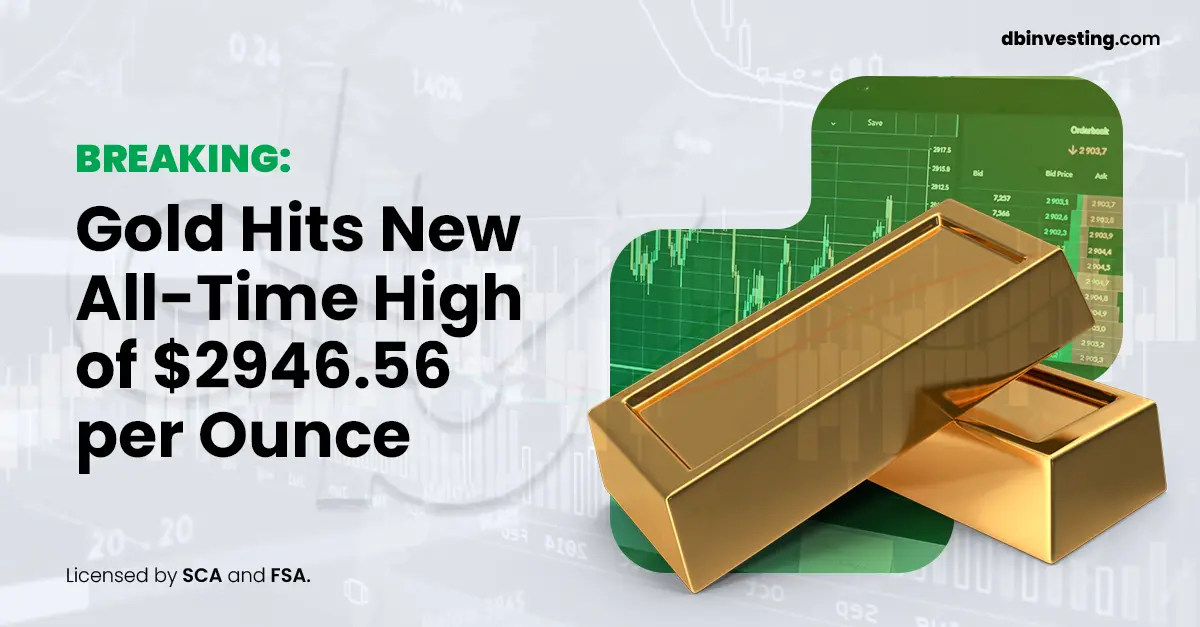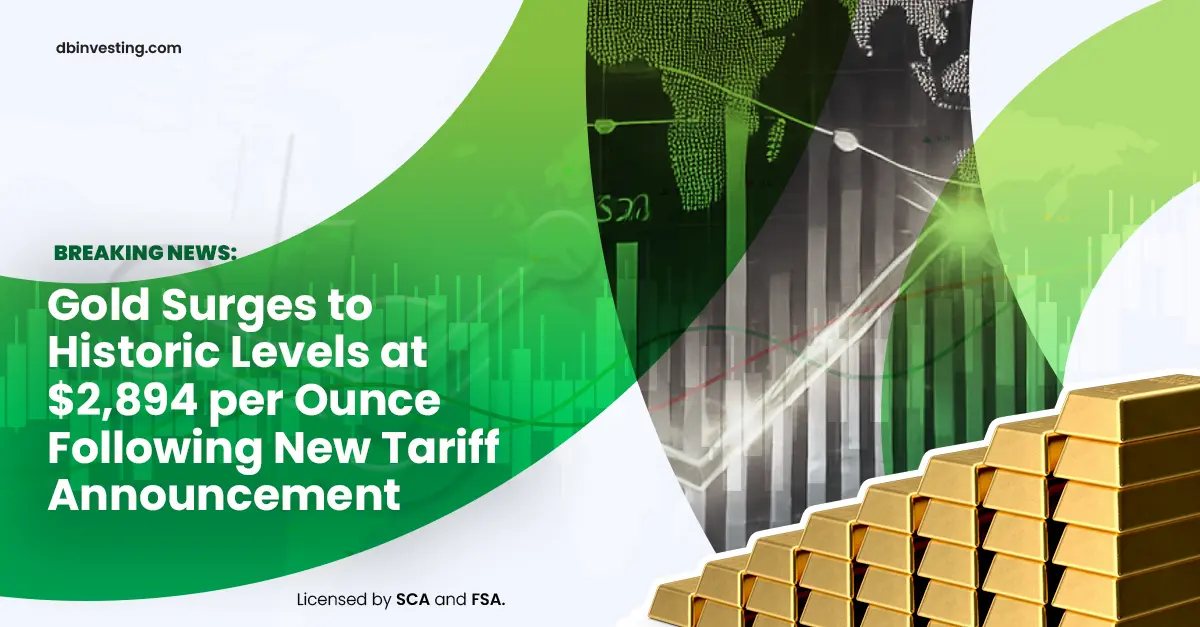Gold prices rose to a two-week high on Thursday as investors flocked to safe-haven assets amid growing concerns over U.S. government debt and weakening demand for American assets in general. The U.S. dollar index hovered near a two-week low from the previous session, making dollar-priced gold more attractive to holders of other currencies.
“The bullish reversal in gold is supported by the weakening U.S. dollar and ongoing stagflation risks in the American economy.”
Most Asian currencies edged higher on Thursday, reflecting continued dollar weakness amid debt accumulation fears, while investors awaited a crucial vote later in the day on President Donald Trump’s proposed tax cut bill.
Markets remained cautious as the proposed bill, if passed, would likely increase U.S. government spending and widen the fiscal deficit.
Technical Outlook:
The U.S. Dollar Index (DXY) is trending lower, having broken down from a bear flag pattern and slipping below the key support level at 100. It is now trading under the July 2023 low of 99.57. The next target lies at 99.00, followed by 97.92—the lowest level since April 2025. The path of least resistance remains downward unless the DXY regains the broken flag support, which would open the door to a meaningful rebound—though that scenario currently appears unlikely.
The House Rules Committee, controlled by Republicans, voted Wednesday in favor of advancing President Trump’s major tax and spending bill, setting it up for a full House vote within hours.
Meanwhile, a $16 billion U.S. Treasury auction of 20-year bonds saw weak demand on Wednesday, which negatively affected not only the dollar but also Wall Street. Markets have remained tense following Moody’s downgrade of the U.S. credit rating from AAA last week.
Cryptocurrency Surge:
Bitcoin has surged sharply in recent weeks and is now approaching its all-time high. This rally has benefited several related stocks, including Blockchain Group (listed on the Paris Stock Exchange), which recorded its eighth straight session of gains on Wednesday. Optimism surrounding regulatory progress in the U.S. has driven the rally.
Investors view the crypto regulation bill as a pivotal step toward comprehensive crypto oversight, potentially offering legal clarity and encouraging broader institutional adoption of digital assets.
The Senate is expected to vote on the bill later this week before it heads to President Trump’s desk for approval.
Altcoins extended gains on Thursday alongside Bitcoin.
- Ethereum rose 1.3% to $2,627.06
- Solana jumped 3.6%
- Cardano added 6%
- Polygon climbed 4.5%
Stay informed. Stay ahead with https://dbinvesting.com/
